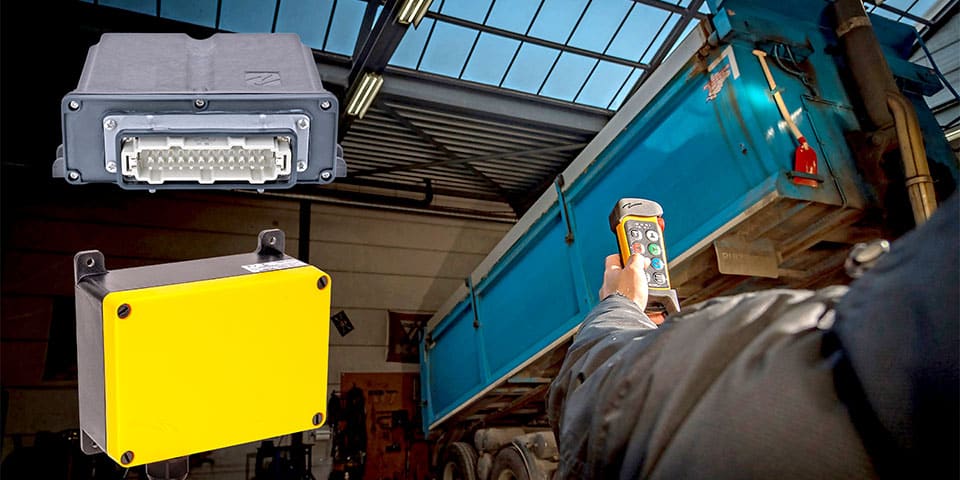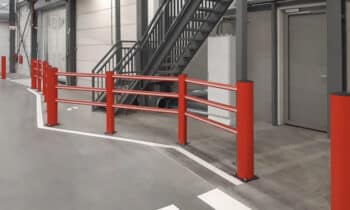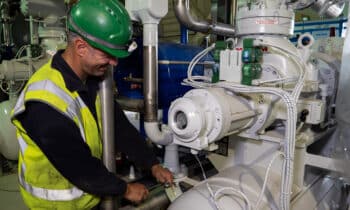
This Panther does not sacrifice safety
There are work situations where safety plays a big role. Then a good remote control is a big plus, such as Tele Radio's Panther PLd. It is independently certified, so the user can always rely on it. A new receiver adds additional functionality.
Demolition work or moving heavy loads, especially in awkward places, poses safety risks. Within Tele Radio's Panther series of wireless radio remote controls, the PLd version was developed for those situations. This PN-T19-2, in combination with one of the two PLd receivers, has the necessary performance level D on the emergency stop operation, corresponding to Safety Integrity level 2.
In work with a high safety risk, you must always be able to rely on the emergency stop. You are always assured of this because the PLd certificate for Tele Radio is issued by an independent testing authority.
Fully prepared
Working with a Panther PLd set is easy. The remote control comes standard with various lifting, hoisting and crane configurations, and the receivers are supplied wired. In addition, Tele Radio offers the unique ability to set the receiver from the ground. Also, the transmitter can be changed without opening the receiver. A good example of the flexibility and user-friendliness that is of course accompanied by the necessary robustness for use in a "harsh" environment.
Expandable receiver
The PN-R23 is a new receiver for the Panther-PLd and it is available for wired use or with a han connector. The receiver is extremely flexible as it is modularly expandable with additional functionality, such as an additional relay, CAN bus, repeaters, digital input, analog output and so on. All without sacrificing PLd safety.
Everything for safe use
The software also contributes to safe use in many ways, even with multiple transmitters-receivers and/or in "sensitive" situations. For example, a unique signal code between transmitter and receiver is essential and you must be able to set it yourself. By the way, the same goes for the group code, which allows multiple transmitters to control one receiver. In addition, Direct Sequence Spread Spectrum technology reduces interference and makes the signal more difficult to intercept.




